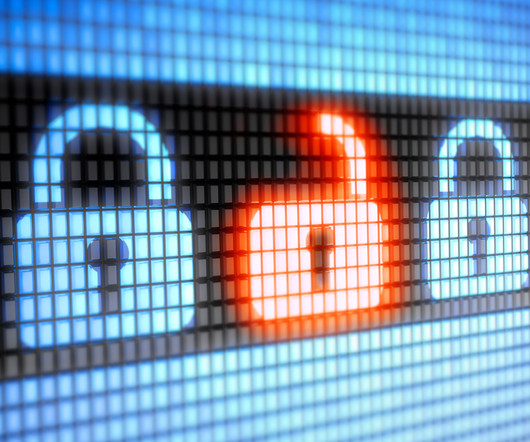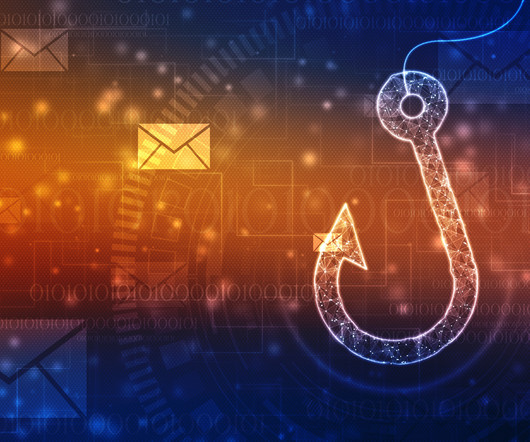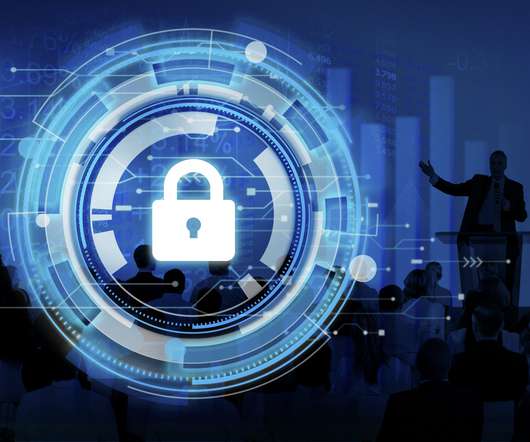Stories from the SOC: Fighting back against credential harvesting with ProofPoint
CyberSecurity Insiders
JUNE 29, 2023
Executive summary Credential harvesting is a technique that hackers use to gain unauthorized access to legitimate credentials using a variety of strategies, tactics, and techniques such as phishing and DNS poisoning. DMARC is a protocol used to authenticate emails and prevent phishing attacks by verifying the sender’s domain.
















Let's personalize your content